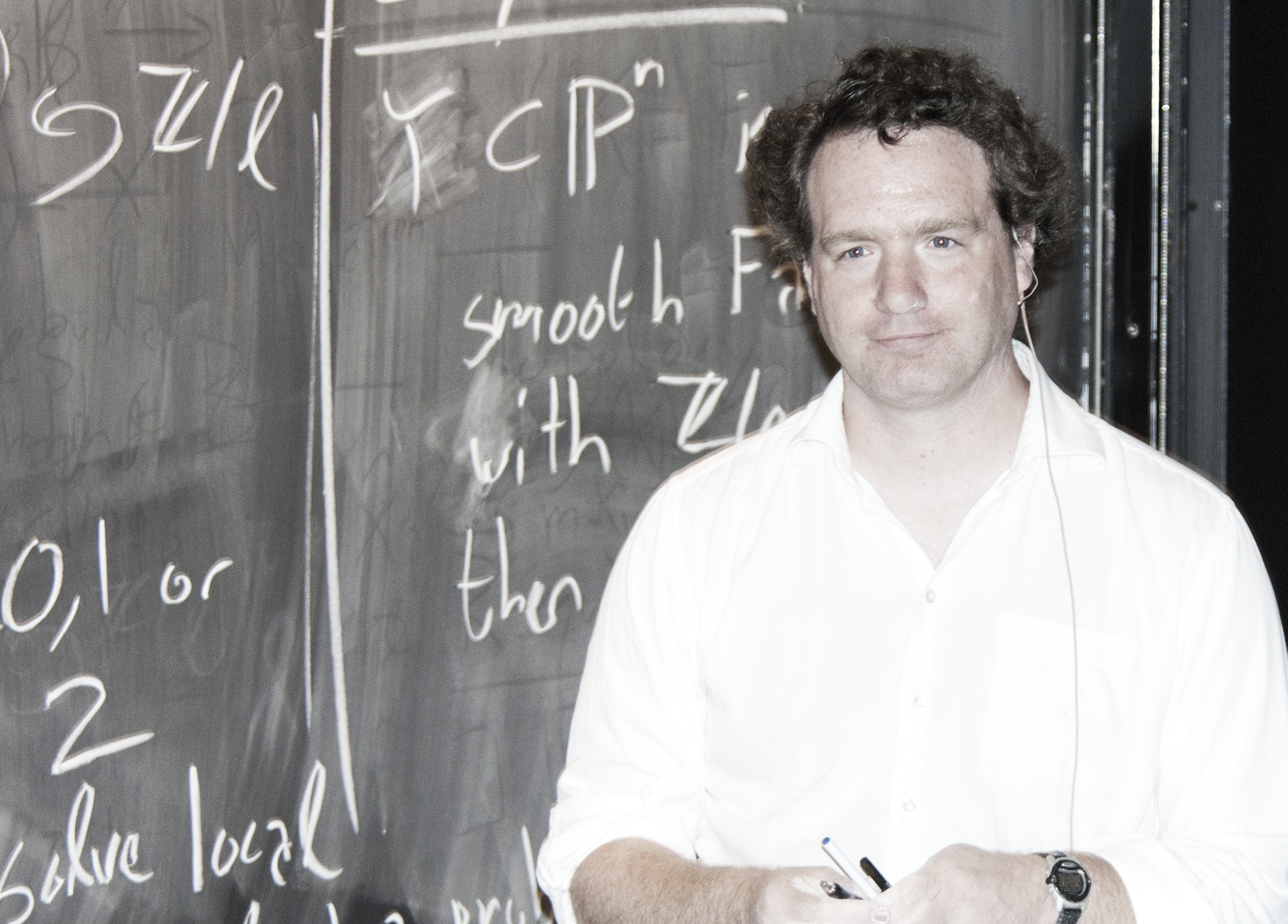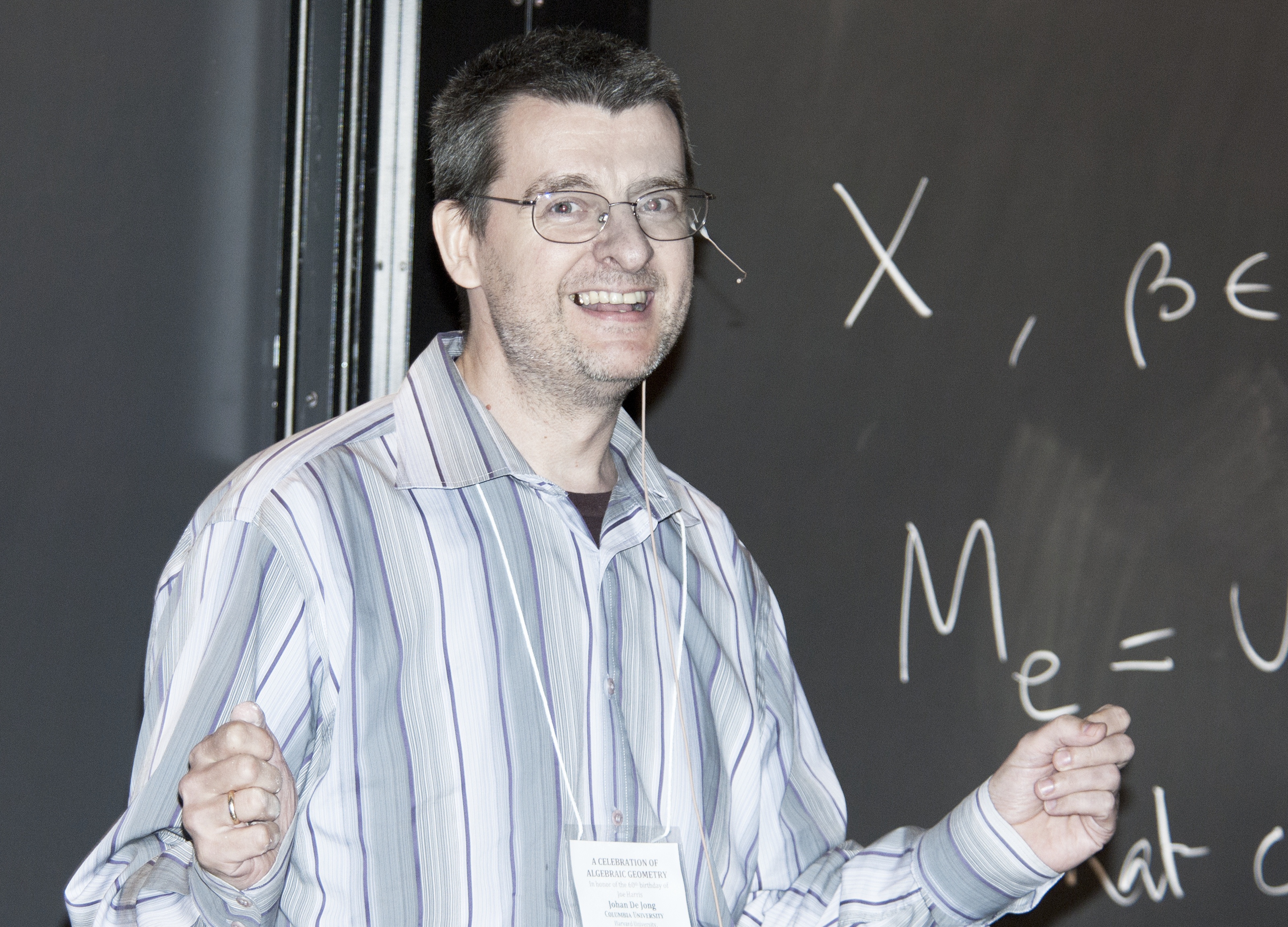This post is a follow-up on the post on adequate modules. There I described a construction of the higher direct images of a quasi-coherent sheaf in terms of the morphism of big fppf sites associated to a quasi-compact and quasi-separated morphism of schemes. As I mentioned in my last post, this is now implemented (in the stacks project) for quasi-compact and quasi-separated morphisms of algebraic stacks, with the slight modification that we work with locally quasi-coherent modules with the flat base change property. (In this post, ‘module’ means fppf O-module.)
Given an algebraic stack X let’s denote M_X either the abelian category of locally quasi-coherent modules with the flat base change property, or the abelian category of adequate modules. Since M_X is a weak Serre subcategory of Mod(O_X) we have the derived category D_M(X) := D_{M_X}(O_X) of complexes of O_X-modules whose cohomology sheaves are objects of M_X. The category of parasitic objects in M_X is a Serre subcategory. We define
D_{QCoh}(X) = D_M(X) / complexes with parasitic cohomology sheaves
If X is a scheme, then this definition recovers the usual notion (see chapter on adequate modules for the adequate case). So now let’s think about the derived pullback of a quasi-coherent module along a morphism f : X —> Y of algebraic stacks. It is clear that we have an induced functor
f^* : D_M(Y) —> D_M(X)
In fact f^* : Mod(O_Y) —> Mod(O_X) is exact (big sites!) and transforms objects of M_Y into objects of M_X. But f^* does not preserve parasitic modules if f isn’t a flat morphism of algebraic stacks. We define Lf^* : D_{QCoh}(Y) —> D_{QCoh}(X) as the left derived functor (in the sense of Deligne, see Definition Tag 05S9) of the displayed functor f^* above! What could be more natural?
Thus the question isn’t “What is derived pullback?” but it is “When is derived pullback everywhere defined?”
However, a better question is: “Does there exist a functor L^* : D_{QCoh}(Y) —> D_M(Y) which is left adjoint to the quotient functor q_Y : D_M(Y) —> D_{QCoh}(Y)?” If it exists, then Lf^* = q_X o f^* o L^* where q_X : D_M(X) —> D_{QCoh}(X) is the quotient functor for X, so derived pullback exists for any morphism with target Y. The existence of L^* is equivalent to asking the quotient map q_Y to be a Bousfield colocalization: for every E in D_M(Y) there should be a distinguished triangle
E’ —> E —> C —> E'[1]
in D_M(Y) where C is parasitic and Hom(E’, C’) = 0 for every parasitic object C’ of D_M(Y). Formulated in this way, there is lots of general theory we can rely on to (dis)prove the existence.
For example if the subcategory of parasitic objects of D_M(Y) has products and they agree with products in D_M(Y) we are through I think; this isn’t as crazy as it sounds, e.g., the category of quasi-coherent sheaves on a scheme has products, see Akhil Mathew’s post. (In any case being parasitic is preserved under products.) Hmm? I’ll think more.


